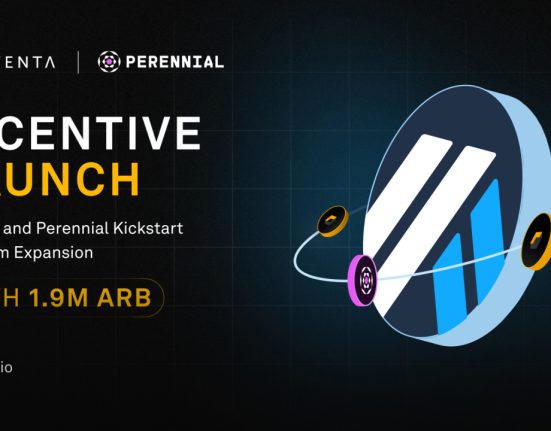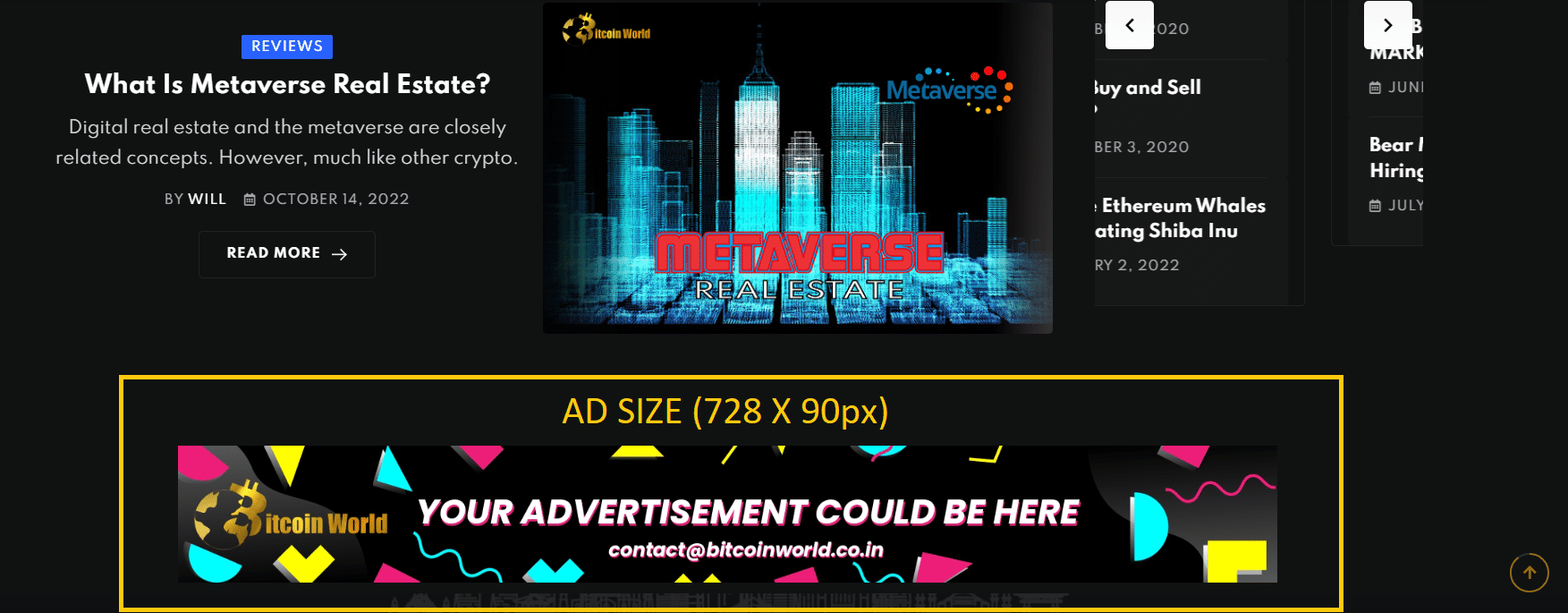Cryptocurrency is notoriously complicated. Even simple projects and protocols often struggle to simplify UX for non-crypto regulars.
Formerly dominated by developers and software engineers, the crypto community now includes product managers, creatives, and non-technical people. This affects software and solutions. Wallets, the heart of the crypto economy, have been most affected by this cultural shift. How do we predict the next crypto upcycle? Patch Wallet founder Cobrin Page told BeInCrypto. “We probably get another order of magnitude of users into this space. Onboarding UX is our biggest problem.”
He started his own initiatives a year and a half after leading ConsenSys’ Fintech product team. “Everybody already has right out of the box” Patch Wallet is his latest. Account abstraction lets developers create smart contracts without a blockchain account using Patch Wallet. Smart contracts can be wallets. Patch Wallet lets you transmit BTC or NFTs to someone without a crypto wallet.
“You already have one tied to your email, Twitter, and GitHub,” Page explained. “I would say this is kind of like your Venmo or your in-game stuff or currencies, right? This uses crypto or blockchain rails.
Page knows labeling his product a “wallet” will stir some account abstraction community mistrust. It’s not a wallet. Account. “I’ll be in a Telegram group and get slammed, and I’m like, you understand nobody outside of this group cares, right? The wallet houses tokens and NFTs.
Binance Pay allows sending crypto to friends via email or phone. It’s the world’s largest crypto exchange’s “simple pay” solution. Binance Pay requires a Binance account to redeem digital assets, unlike other options. Jonathan Lim, Singapore-based head of Binance Card & Pay, told BeInCrypto that it is “a basic and crucial step to expanding adoption.”
Lim added, “What is critical for Binance Pay is to consistently innovate and experiment with new ways to offer a seamless payment experience for consumers and merchants, facilitating access to Web3 by connecting CeFi and DeFi.
Poor UX hinders product growth, thus we value every feature that affects users. Usability matters. This includes technical design and the user journey. Lim remarked, “This affects branding.”
Redeem uses users’ existing contacts to send and receive crypto. They link an existing phone number to a blockchain wallet. Its team claims starting takes five seconds and two clicks. “While social media platforms are prevalent today, personal phone numbers are considerably more pervasive, accessible, and inclusive,” said Tony Rush, the firm’s CEO. “They may not use social media, but they probably have a phone number.”
Rush believes Web3 newcomers struggle with specific questions. What is wallet registration? What distinguishes blockchains? Self-custody or third-party platforms? How to keep seed phrase? Avoid fraud and scams? Can I transfer assets between chains? Where can I get platform tokens and what is “gas”? When average people look at blockchain systems, they have these and many more questions, which can overwhelm even tech-savvy people, Rush said.
Rush thinks Web3 should simplify onboarding. Can novices delve further if sending crypto is so hard? “Despite having millions or perhaps billions of users already,” Web2 social media companies are “constantly working on new ways to streamline user onboarding,” he says.
“Because Web3 platforms are much more complicated and intricate than Web2 platforms, outstanding user experience is tremendously more crucial for them to have a hope at mainstream adoption.”














